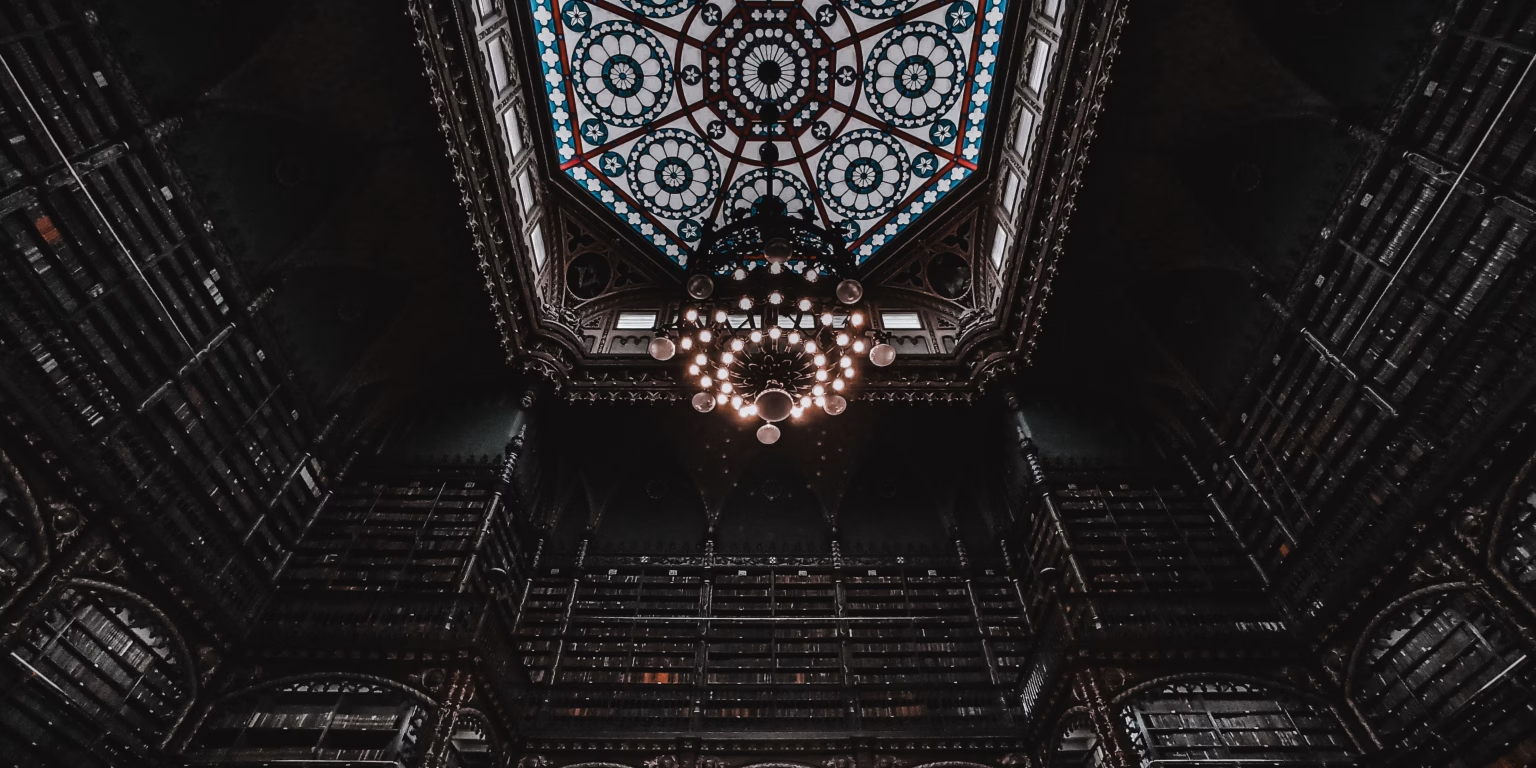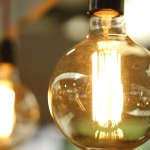Lighting is more than just a need; it’s an art that has grown a lot over time. From fire to smart lights today, lighting shows how tech, culture, and design have changed. This deep dive into Historical Lighting Styles will show how it has changed our homes and lives.
1. The Dawn of Lighting: Primitive to Ancient Civilizations, Historical Lighting Styles
A. Fire: The First Source of Light
Lighting started with fire, the first light humans knew. Early people used fire for warmth, cooking, and light. They used:
- Torches: Made from sticks and animal fat, these were portable and used for hunting.
- Caves and Hearths: Fire pits in caves made safe spaces. The fire’s glow made these places magical.
Fire was not just useful; it was also a symbol of life, warmth, and safety in early societies.
B. Ancient Oil Lamps
As societies grew, they needed better light. Oil lamps were made, starting with:
- Ancient Egypt: These lamps used animal fats or oils. They were used in rituals and daily life.
- Greek and Roman Innovations: They made lamps that used olive oil. They had wicks for a steady flame.
Oil lamps were not just useful; they were also beautiful and used in ceremonies.
C. Significance of Lighting in Ancient Cultures
In ancient times, lighting was linked to culture and spirituality. Many cultures saw light as divine:
- Ancient Egypt: The sun god Ra was key in Egyptian myths. Light was seen as his power.
- Greek Mythology: The goddess Hestia was honored with flames. This showed light’s role in homes.
Lighting was key in shaping beliefs and values, beyond just being useful.
2. The Middle Ages: Candles and Chandeliers
A. The Rise of Candles
In the Middle Ages, candles became the main light inside. Candle making got better over time:
- Materials: Early candles were from animal fat or beeswax. Tallow candles were cheap but smoky, while beeswax was cleaner but pricier.
- Molds and Wicks: New molds made candles uniform. Cotton and linen wicks made them burn better.
Candles lit homes, churches, and public areas.
B. The Evolution of Chandeliers
As wealth and skill grew, chandeliers became fancy lighting pieces. They started with candles but changed a lot:
- Designs: Chandeliers were made from iron or wood with many arms for candles. Their fancy designs showed off the owner’s wealth and taste.
- Symbolism: Chandeliers were symbols of status, found in big homes and churches. The bigger and more fancy, the higher the owner’s social rank.
Chandeliers lit up spaces and were key architectural points, showing off skill and luxury.
C. Candlelight in Gothic Architecture
The Gothic style, from the 12th to the 16th centuries, focused a lot on light:
- High Ceilings and Large Windows: Gothic buildings had high ceilings and big stained glass windows. This let natural light fill the inside. It was designed to make people look up, feeling like they were reaching for something higher.
- Illuminating Sacred Spaces: Candles and chandeliers made these spaces more beautiful. They added warmth and a holy feel during religious events.
Lighting was key in Gothic design, showing how light and architecture worked together.
3. The Renaissance: A Rebirth of Style and Innovation
A. Advancements in Candle Making
The Renaissance (14th to 17th century) was a time of artistic renewal and new ideas, affecting all areas of life, including lighting:
- Quality Improvements: Making candles got better. New tools and materials led to candles that burned cleaner and lasted longer.
- Beeswax Dominance: The rich preferred candles made from beeswax. They liked its bright flame and nice smell.
As candle-making turned into an art, chandeliers with beeswax candles became even more detailed, making rooms look better.
B. Decorative Lighting in Renaissance Homes
Renaissance homes had fancy lighting that showed the culture’s love for beauty and creativity:
- Ornate Chandeliers: These fixtures got more decorative, made from bronze, glass, or crystal. They had detailed carvings and decorations.
- Sconces and Candelabras: Wall sconces and table candelabras became popular. They were used for both looks and function. They matched the style of the chandeliers.
The focus on lighting design showed the Renaissance’s love for art and elegance.
C. The Role of Lighting in Art
Lighting was very important in Renaissance art, changing how artists showed light and shadow:
- Chiaroscuro Techniques: Artists like Caravaggio used chiaroscuro to create strong contrasts between light and dark. This added emotion to their work.
- Influencing Atmosphere: The way light was shown in paintings helped set the mood of Renaissance homes. Illuminated art was a key part of the atmosphere.
The mix of light and art showed how important lighting was in making spaces look good.
4. The Age of Enlightenment: Gas and the Birth of Modern Lighting
A. Introduction of Gas Lighting
The Age of Enlightenment (late 17th to 18th century) saw big steps in science and tech, leading to gas lighting:
- The First Gas Lamps: In the late 18th century, gas lighting started in public areas. The first gas streetlights were in London in 1807, lighting up streets and changing city life.
- Domestic Use: Soon, gas lighting was in homes, offering brighter and more controlled light than candles.
Gas lamps changed lighting, making it better and more available for public and private areas.
B. The Impact on Urban Environments
Gas lighting changed cities, making them safer and more lively at night:
- Safer Streets: Streetlights made cities safer, allowing people to go out at night. This led to a vibrant nightlife and more economic activity.
- Public Gatherings: Parks and squares lit up, becoming places for community events and gatherings.
Gas lighting changed how people lived and cities were planned, helping modernize urban areas.
C. Decorative Gas Fixtures
Gas lighting brought about decorative fixtures:
- Ornate Gas Chandeliers: These chandeliers had detailed designs and held gas flames. They were a sign of sophistication in homes.
- Wall Sconces and Lanterns: Gas fixtures adorned public places, theaters, and restaurants. They added style and ambiance.
Gas fixtures showed off the era’s love for design and beauty, marking a big step in lighting technology.
5. The Industrial Revolution: Electricity and the Transformation of Lighting
A. The Advent of Electric Lighting
The late 19th century saw a big change with electric lighting:
- Thomas Edison and the Incandescent Bulb: In 1879, Thomas Edison created the incandescent bulb. This led to electric lighting becoming common. It was brighter, safer, and more efficient.
- Widespread Adoption: By the early 20th century, electric lighting was everywhere. It changed how we use light in our daily lives.
Electric lighting changed how we see light, making life better and changing buildings.
B. The Electric Chandelier
Electricity made chandeliers evolve again:
- Design Innovations: Electric chandeliers had many bulbs and designs, often with glass and crystal. They showed off wealth and style in homes.
- Lighting Effects: Electric chandeliers could change brightness. This let homeowners set different moods in their spaces.
The electric chandelier symbolized modern elegance, showing off the era’s tech advancements.
C. The Role of Lighting in Modern Design
As electric lighting grew, designers started to try new styles and materials:
- Art Nouveau and Art Deco: The early 20th century saw Art Nouveau and Art Deco lighting. These styles, with their organic and geometric shapes, influenced lighting design.
- Task and Ambient Lighting: Lighting became key for work and comfort. Desk lamps and adjustable lights provided focused light for tasks.
Lighting became a key part of modern design, affecting both looks and function.
6. The Mid-20th Century: Modernism and Minimalism
A. The Influence of Modernism
The mid-20th century saw modernism rise, focusing on simplicity and function:
- Streamlined Designs: Lighting became simpler, with clean lines and less decoration. Designers like George Nelson and Isamu Noguchi made famous pieces that showed modernism.
- Integration with Architecture: Modernist architects made lighting part of building design. This created spaces where lighting was a key part of the look.
Modernism changed how we see lighting, making it more than just a need, but a design element.
B. The Use of New Materials
Advances in materials like plastics and metals led to new lighting designs:
- Bold Colors and Unique Shapes: New materials let designers create bold, unique lights. These added character to rooms. Designers could play with both form and function.
- Flexible and Adjustable Lighting: New lighting options became adjustable. This let people customize their lighting to fit their needs.
This era changed how we see lighting in homes. It became a key part of interior design.
C. The Rise of Task Lighting
Task lighting became popular as work and life changed:
- Home Offices and Workspaces: Desk lamps and adjustable lights helped with focused tasks. They showed how work and life were changing.
- Layered Lighting Strategies: Designers started using different types of lighting. This created well-lit, functional spaces.
Task lighting helped make spaces more productive. It showed how lighting supports our daily activities.
7. The Late 20th Century: Eclecticism and Sustainable Design
A. Embracing Eclectic Styles
Eclectic design became popular as the 20th century went on:
- Mixing Old and New: People and designers mixed old and new lights. This made spaces unique and personal. It celebrated different design styles.
- Revival of Historical Styles: Old lighting styles, like Victorian and Mid-Century Modern, came back. This brought a touch of history to homes.
Eclecticism made lighting design exciting. It let designers and homeowners be creative.
B. The Shift Toward Sustainable Lighting
Concerns about the environment led to more sustainable lighting:
- Energy-Efficient Options: LED lights became popular for saving energy. They were long-lasting and good for the planet.
- Eco-Friendly Materials: Designers started using materials that were better for the environment. This showed a commitment to being green.
The late 20th century saw a big change towards green lighting. This change reflected broader societal shifts.
C. The Impact of Technology
Smart lighting solutions became popular in the late 20th century:
- Smart Home Integration: Smart home tech let people control lights easily. It made homes more convenient and user-friendly.
- Customization and Control: Smart lights could be adjusted for color, brightness, and schedules. This let users create their own lighting moods.
Technology changed how we use lighting. It made it more convenient and versatile.
8. Contemporary Lighting Design: Trends and Innovations
A. Current Trends in Lighting Design
Lighting design keeps evolving, focusing on minimalism, sustainability, and smart tech:
- Minimalist Aesthetics: Today’s lights are sleek and simple. They fit well with modern designs, adding elegance without being too much.
- Sustainable Practices: Green lighting is still important. Designers are using eco-friendly materials and energy-saving tech more and more.
Modern lighting is all about style and being responsible. It shows our values and design tastes today.
B. The Role of Lighting in Interior Design
Lighting is now seen as a key part of interior design. It shapes the feel of a space:
- Layered Lighting Strategies: Designers use layered lighting to add warmth and depth. They make sure each area is lit well while keeping things stylish. Ambient, task, and accent lighting work together to improve both function and look.
- Integration with Architecture: Modern lighting is often built into the design of buildings. This makes spaces where lighting is a key part of the look.
The mix of lighting and interior design shapes our living spaces. It shows how important careful lighting is.
C. The Future of Lighting Design
With new tech, the future of lighting design looks bright:
- Innovations in Smart Lighting: Smart lighting will get even better. New features like voice control, app use, and auto settings will change how we use light at home.
- Focus on Well-Being: Lighting design will focus more on health. It will use light that feels like natural daylight. This helps with mood, health, and work.
As we go forward, lighting design will keep changing. It will use new tech and green practices.
9. Conclusion: A Journey Through Time
The story of lighting shows human creativity and progress. From fire to smart lights, lighting has changed to meet our needs. It has also made our spaces more beautiful.
As we keep exploring new tech and design ideas, one thing is clear. Lighting is key in making our environments and experiences. Knowing lighting’s history inspires us to create spaces that are both beautiful and meaningful.






